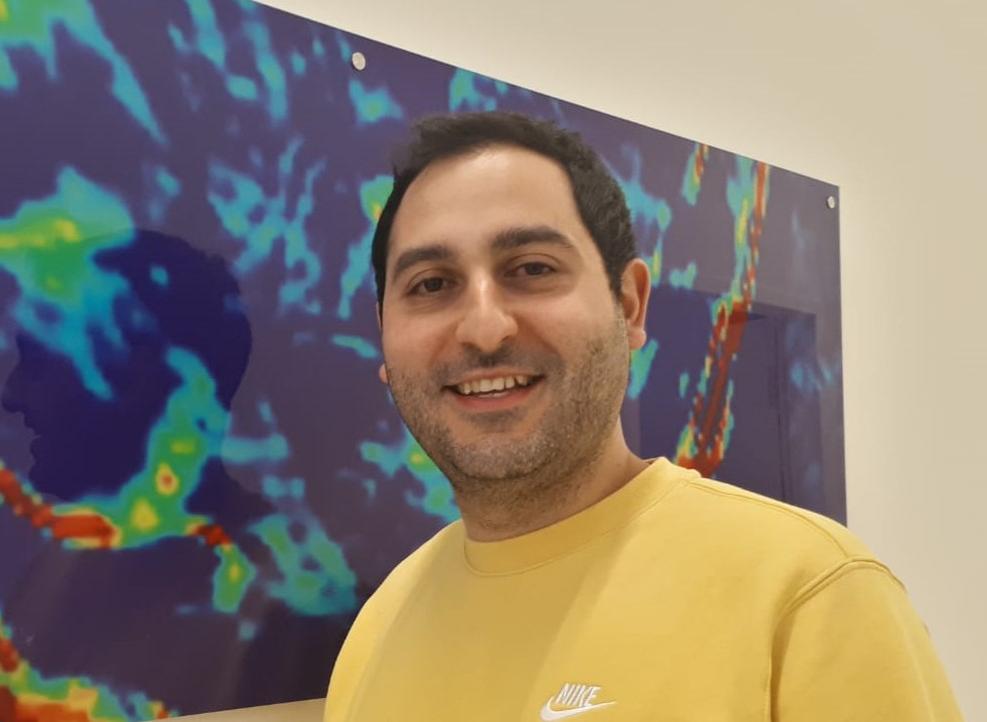The rapid advancement of single-cell analysis has significantly enhanced our ability to explore the complexity of cell types and their phenotypes across various disease conditions. Thanks to cutting-edge technologies like single-cell RNA sequencing (scRNA-seq), we can now uncover previously unidentified cell phenotypes and explore the complexity of different disease conditions with a newfound level of precision. Kendirli summarizes his contribution to SyNergy as “supporting the community in unlocking the power of single-cell analysis for studying inflammatory, vascular, and degenerative conditions of the central nervous system (CNS).”
Transcriptome profiling alone may not suffice to comprehend the underlying causes of diseases, because changes in mRNA levels do not directly provide functional relevance. “Therefore, we are working on approaches to combine scRNA-seq with CRISPR screens (CRISPR-seq) to obtain a comprehensive understanding of cell states. Additionally, we perform single-cell ATAC sequencing to elucidate the epigenetic profiles of cell types, single-cell TCR and BCR sequencing to study clonality in T cells and B cells, further enriching our understanding of disease mechanisms,” explains Kendirli.
Kendirli describes how despite the unique challenges that single-cell experiments face when studying different tissues, cell types, and diseases, similar characteristics can emerge in different cell types and their phenotypes under varying conditions. This opens up a world of possibilities for interpreting data effectively. “For example, macrophages found in degenerative or vascular CNS disease may share a common signature with those found in neuroinflammatory conditions. By collaborating with SyNergy groups across disciplines, we will be able to gain additional insights and make significant strides in our research,” he concludes.
